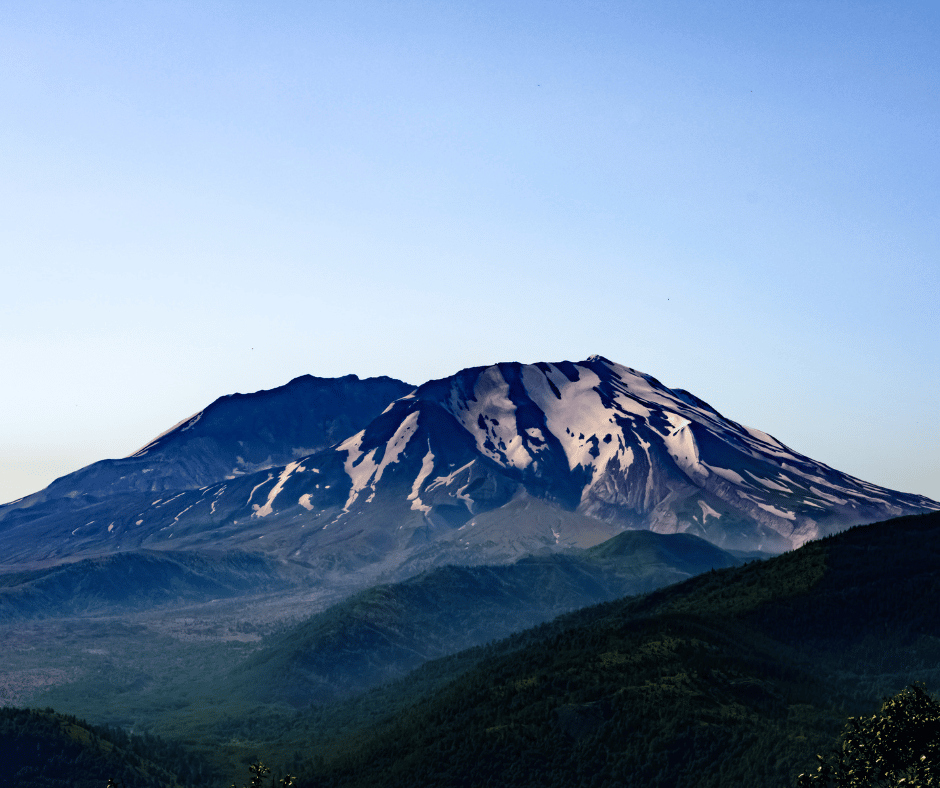Dr. Victoria Jones, a world-renowned expert with local connections, has returned to several locations catastrophically damaged in the Mount St. Helens eruption of May 18, 1980.
The team in late July discovered more evidence supporting Dale’s prediction that a conifer forest would grow, a future landscape that would closely resemble what had been there before the explosion.

Red alder is a fast-growing pioneer species that thrives in open spaces created by nature’s disturbances. The lateral blast and avalanche flows from Mount St. Helens were unquestionably cataclysmic events of the highest magnitude. Red alder can be found in almost all of the 62 plots investigated by Dale and her crew. Alder is a nitrogen fixer that contributes important nutrients to the soil, allowing conifer seeds blown onto the damaged areas to germinate.
Douglas fir and hemlock, two popular Washington conifers, were identified on some of the plots by Dale’s group, which also included prominent academics, mentors students and volunteers. Claytonia sibirica (pink purslane), Rubus leucodermis (whitebark raspberry) and Prunella vulgaris (woundwort or blue curls of the mint family Lamiacene) are three species that may be found in ground layers of coniferous woods.
These “understory” plants were also found in Mount St. Helens plots, which suggests that a future forest floor is developing on the mountain.
It is amazing what can happen in just 38 years.
The next step for Dale and her team is to investigate how these changes will affect the surrounding ecosystem, including wildlife and water quality.
“It is gratifying to see the landscape beginning to heal,” Dale said. “But we have a lot more work to do.” Dale’s work is far from finished, but her findings offer hope that Mount St. Helens will one day be covered in green once again. It is a reminder that nature always finds a way.

What began as a tragedy has become a story of hope, thanks to the dedication of scientists like Dale. It is a story that continues to unfold, and one that we can all learn from.
The next time you see Mount St. Helens, remember the power of nature – and the power of human resilience.
